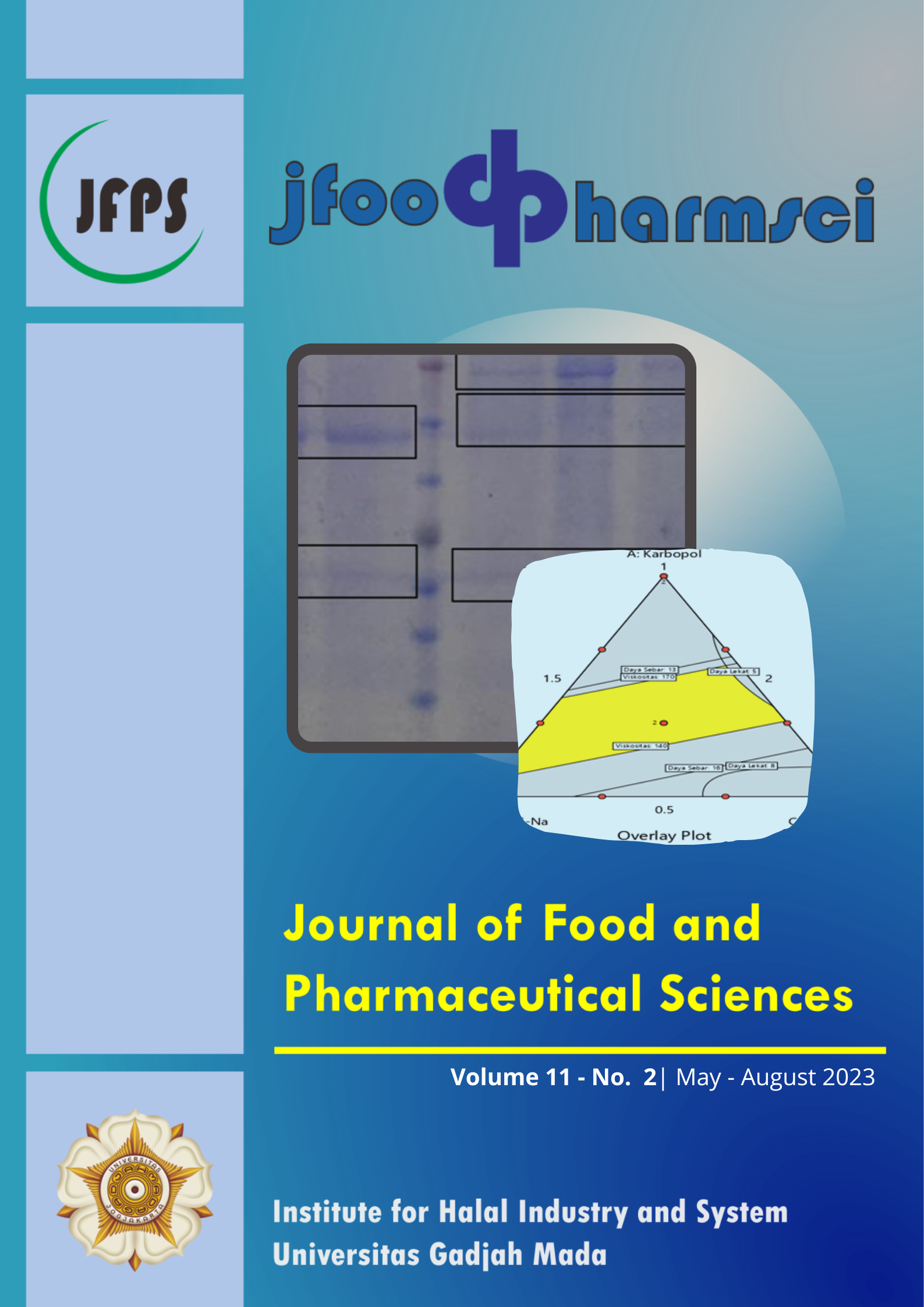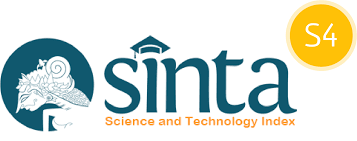Optimization of Carbopol, CMN-Na, Gelatin, and In Vitro Activity Test of 4-Hydroxy Chalcone Gel as Sunscreen
Abstract
Abstract: The 4-hydroxychalcone compound is a flavonoid derivative that has benzene rings with unsaturated chains and a chromophore group, which can absorb UV rays and reduce the intensity of radiation exposure to the skin. This study aims to examine the effect of gelling agents on the physical properties of gel preparations, optimum formula stability, and activity of 4-hydroxychalcone gel as a sunscreen in vitro. Base optimization was carried out using Design Expert software version 10 with the simplex lattice design method and variations in gelling agent concentrations, namely carbopol, sodium carboxymethylcellulose (CMC-Na), and gelatin. The activity of 4-hydroxychalcone sunscreen gel was determined spectrophotometrically by determining the Sun Protecting Factor (SPF) value, the percentage of erythema transmission (%TE), and the percentage of pigmentation transmission (%TP). Data were analyzed statistically with SPSS software. The results showed that the optimum formula composition was obtained at a concentration of 0.67% carbopol, 2% CMC-Na, and 1.83% gelatin. The optimum formula of 0.5% 4-hydroxychalcone gel was stable during storage at room temperature and did not experience syneresis during 72 hours of storage at ± 10°C. The 0.5% 4-hydroxychalcone gel gave an SPF value of 27.37 % TE was 1.76% and % TP was 10.21%, therefore it is categorized as a sunblock.
































